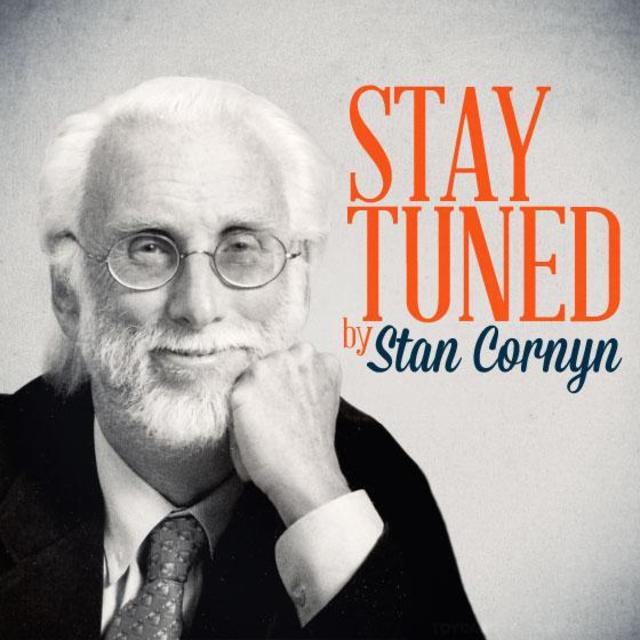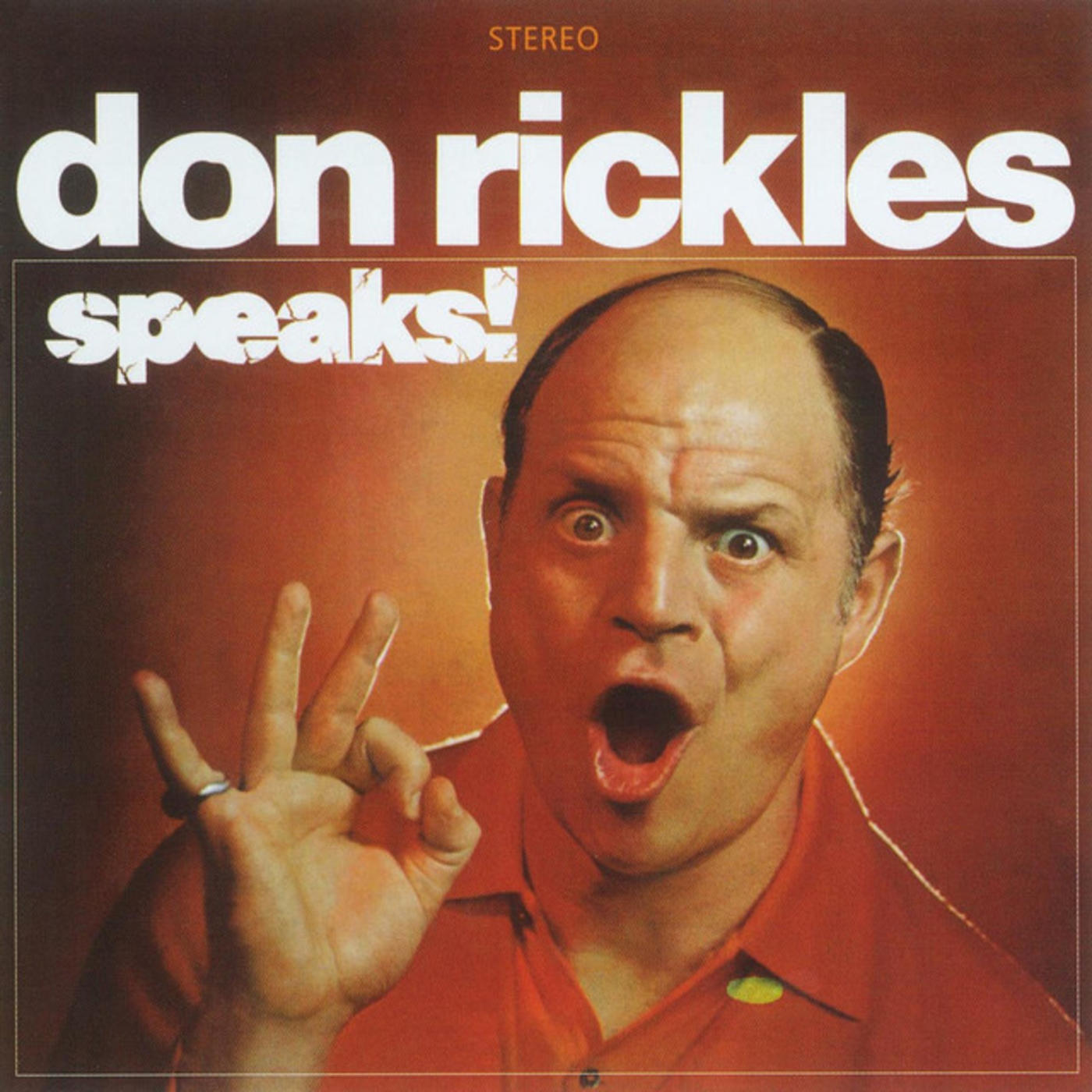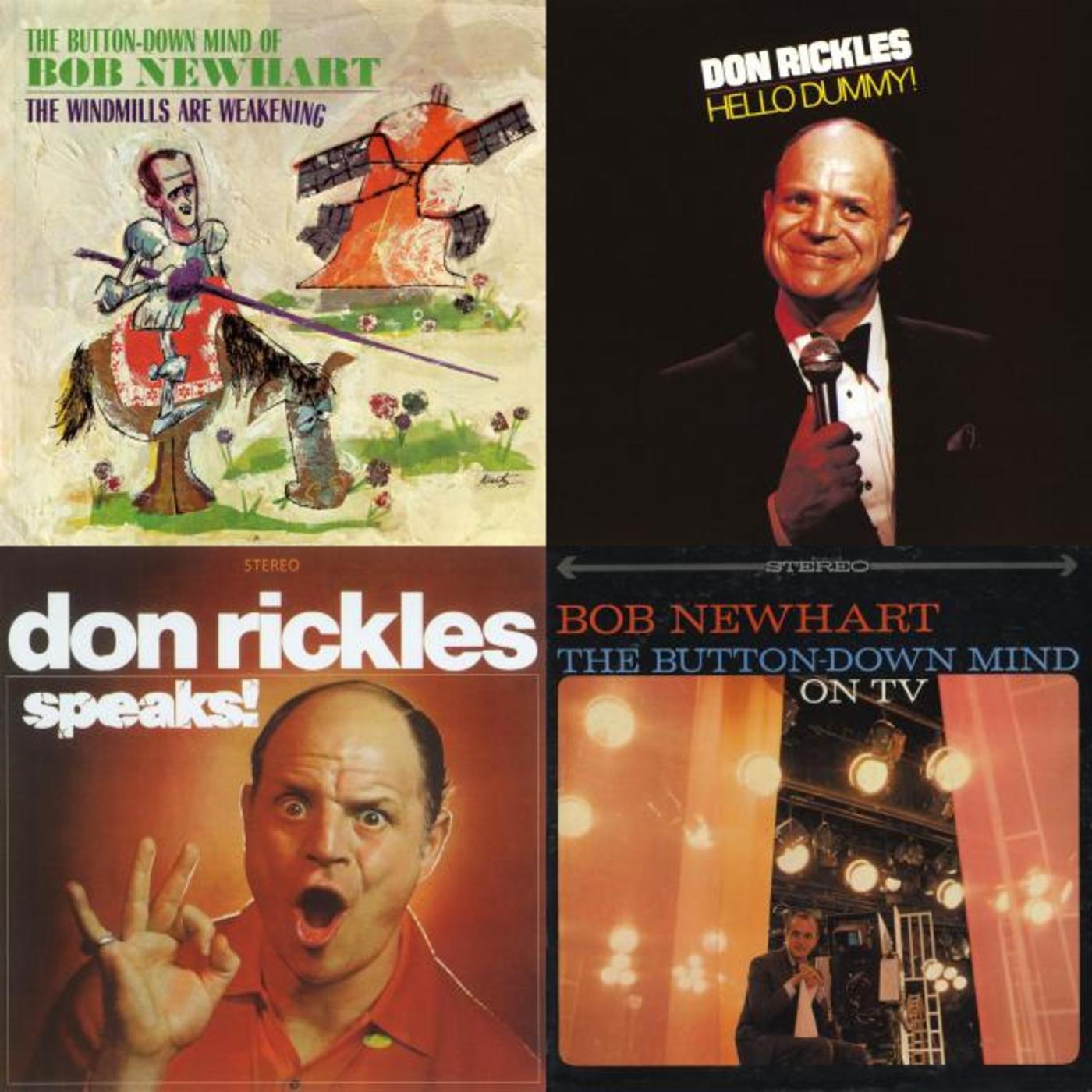Stay Tuned By Stan Cornyn: The Men In Blue

Every Tuesday and Thursday, former Warner Bros. Records executive and industry insider Stan Cornyn ruminates on the past, present, and future of the music business.
In the mid-1960s, each month of August became Convention Time for Warner-Reprise and its three dozen North America distributors. Both labels had lined up their Fall releases, when tradition had it that people bought more records before Christmas, starting September, ending December.
To make sure the labels’ distribs became aroused, WB/R summoned them to a show of hits-to-come, cramming W/R distributors into a some big hotel assembly room, and there putting a series of slides up on a movie screen, while making sure the soundtrack of its Fall albums played through bigger amps than found in football stadiums.
Take Fall of 1964, for example.
All WB/R distributors had flown out to Las Vegas for this year’s show. To The Sands, of course. Out front, the neon blared “The Wonderful World of Entertainment,” in case visitors thought The Sands was just some motel.
Warner Records marketing chief Joel Friedman had convened 200 distrib staff -- owner, sales managers, key guys -- into this one big room. And they’d all come willingly, for WB and R were not like three years ago, when maybe the distribs would hear just a Trini or two. And not like other, littler indies, not like say Liberty Records, where its Fall Convention’s two hits might be The Chipmunks’ Greatest Hits, Vol. 2, plus a free gin-and-tonic.
So it’s the first day in the Sands’ assembly room, and ...
Wait a sec!
Can you believe who just walked in the room! Warners’ New York promo man recalled that moment:
“At first, there was silence. I’ll never forget the look on our distributors’ faces … I remember being in the corner with Dean Martin and his manager when, suddenly, it was empty all around us, except across the room, where our maybe 200 distribs had pinned Sinatra against the wall and were taking pictures.”
Sinatra put up with twenty minutes of hugs from guys from oh Indianapolis, and then … scooted back upstairs.
First to Speak Was…
Then came the show. First speaker was introduced as Warner’s "credit manager," and given the name 'Jules Seder.' The audience shrugged, and most didn't detect 'Jules' as a phony. He was short, floppy-lipped and had too little hair. Jules struck out at his audience. He’d ask, “Where’s the distributor from New Orleans? What’s your name? Henry Hildebrand? Saturday night in New Orleans, cut ‘em down, Henry.”
He then assaulted Warners’ own staff. “You dummies are all sitting here and the company’s going under. Sinatra knows. He’s drunk upstairs. Dumb dago. And Mike Maitland, where’s he? Jewish fag. Joe Smith? Pain in the ass. That woman – what’s your name, dear? Yeah you, in the trick-or-treat glasses. Look at her: sitting there like a nun, and 200 guys in heat.”
The speaker was a not-yet-discovered Don Rickles, brought in and set up by Joe Smith. Rickles got a standing ovation. (Side Note: Don Rickles found his greatest fan in Joe Smith, for decades to come. Joe eventually signed Rickles to a comedy contract with Warner Bros. Records, which produced two albums by the glib and snitty Rickles.)
Showing Off 1964
After Rickles, next were served the entrees: For an hour, the morning’s show blew distributors’ wallets wide open: hit-after-hit. It started with Peter, Paul and Mary’s In Concert, then moved on to an uproar of laughs with Allan Sherman’s For Swingin’ Livers Only!
Then through Trini, Dean, Sammy, Cosby, Kinks, Newhart, each act so important that having only one name would do. Then, as a climax even Las Vegas was not used to, came the topper: Sinatra plus Basie in It Might as Well Be Swing.
A Warner’s exec, down from Canada, recalled “the band wailing as Frank and the Count flew us to the moon. Touchdown? Pandemonium? The most dour of the distributors were waving, cheering, whistling. It was a sight I had not before encountered in the record business, nor since.”
One result of all this was that, in 1964, Warner/Reprise collected more than $1,000,000 in sales in the following months: September and October and November and December. Totally unlike the struggles of just two years earlier.
Joe Smith figured this was time to celebrate.
Blazers
Joe Smith wanted the Warner/Reprise execs to look as good as they sold. He drove down to Beverly Hills, to a fancy men’s clothier, Carroll & Co., where he ordered 20 executive navy blue blazers, each tailored to fit WB/R executives, all “compliments of the company” to its top execs. Matching ties.
On the breast pocket of each blazer was stitched a double logo patch: W and R. All blazers were identical, except Joe’s. His had a special red lining.
Joe wanted the lucky 20 to get known as “The Men in Blue.” In their blazers, the execs were half-filled with pride, half embarrassed, but they did pose for a camera.
The Men in Blue
Bottom row, L to R: Stan Cornyn (editorial), Joel Friedman (marketing), Mike Maitland (with football), Joe Smith (general manager of Warner), Lenny Waronker (A&R), Russ Regan (producer), and Gene Block (producer).
Top row: Lowell Frank (sound engineer), Phil Rose (international), Don Schmitzerle (promotion), Jimmy Hilliard (A&R Warner), Ed West (finance), Jimmy Bowen (A&R Reprise), Dick Glasser (producer), Sonny Burke (A&R Reprise), and Ed Thrasher (art).
Next: Blazers in 1965
The next year’s August stretched into August-thru-September, as the Men in Blue toured four cities to meet more staffers (deeper down in their distribution families): from Los Angeles out to Chicago, then to Atlanta, and then to New York. In each city, they showed slides of future LPs. Safe hits, with little will-this-one-sell creating any doubt. Safe because their artists performed without pelvis gyrations. All of them artists with good haircuts. None of them into drugs beyond aspirins.
Middle-class hip.
This year, each Fall of ’65 show began with the Men in Blue marching in line into the auditorium while soundman Lowell Frank blared “The Stars and Stripes Forever” in big stereo, the distributors standing to applaud them, both sellers and buyers there to feel the pulse pound from the hits of 1965:
Dean Martin, Frank Sinatra, Petula Clark, Bill Cosby, Bob Newhart, Peter, Paul and Mary. Sound familiar?
Once again, this was Warner/Reprise, now in ’65, in its Age of Hits.
What not one Man in Blue realized during this year’s Fall Previews was that something threatening their albums and business was a-stir, and not too far away; up in Northern California. In San Francisco, and a-stir there was something that would forever change what these two labels’ hits-are-everything executives would wear when next year they posed for pictures.
-- Stay Tuned


